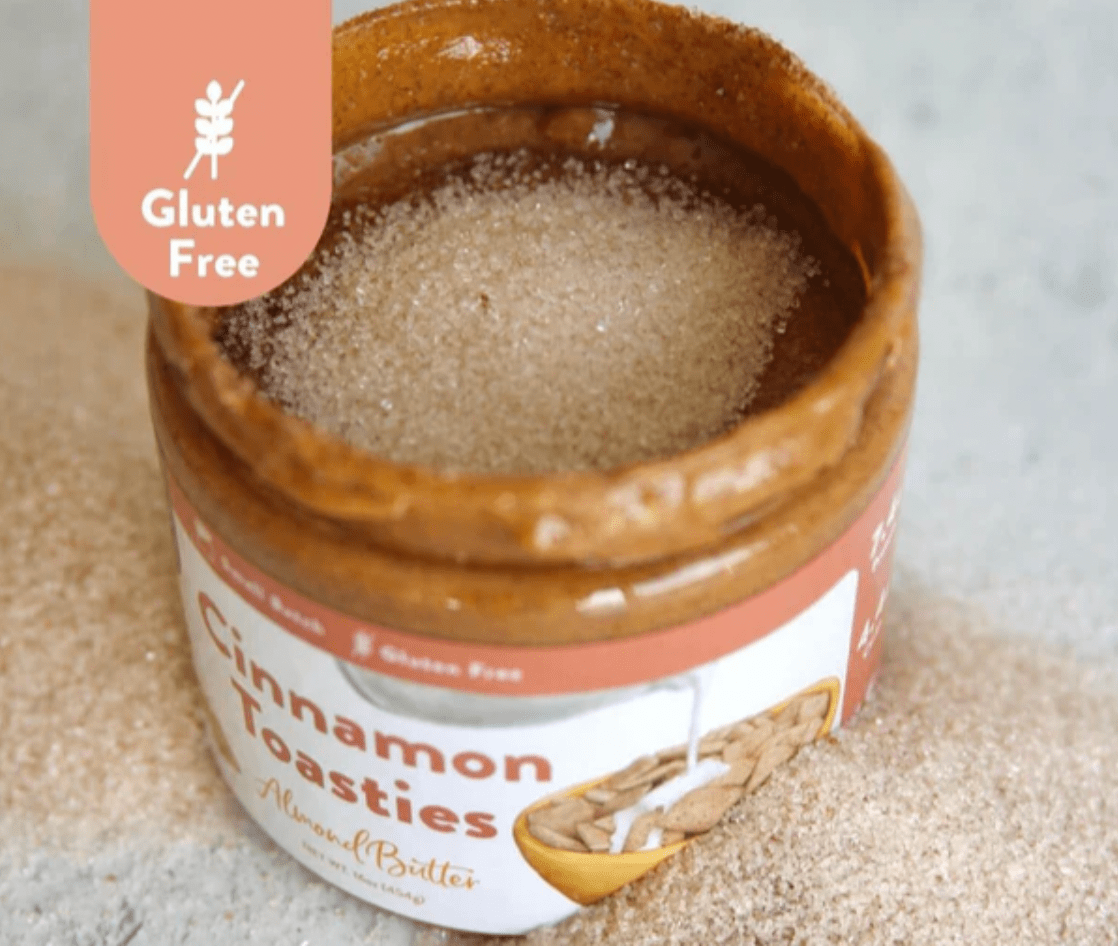Health
November is Diabetes Awareness Month – Three Simple Lifestyle Changes to Reverse Insulin Resistance

by Cellular Health Specialist, Dr. Bill Cole
If you or a loved one has type-2 diabetes, chances are pretty good you’ve heard the term “insulin resistance” bandied about from time-to-time. But this Diabetes Awareness Month, according to Dr. Bill Cole, founder of the Cellular Health Accelerator Program, it’s time to get educated on these phrases and how they tie into your cellular health – and how this knowledge can empower you to take control of your health and your body’s needs.
Insulin resistance – one of the hallmarks of type-2 diabetes – occurs when cells in your muscles, body fat, and liver start resisting or ignoring the signal that the insulin hormone is attempting to put out. As a result, your muscles and organs stop grabbing glucose, the body’s main source of fuel, out of the bloodstream and feeding into the cells.
Sounds grim, right? It doesn’t have to be. There are ways to retrain your cells to respond to insulin as they should – but it all begins with what you eat and how you live. Here are some simple lifestyle and diet changes you can implement to begin countering – and even reversing – the negative impacts insulin resistance can have on your body.
Negative Impacts of Insulin Resistance
While diets primarily consisting of carb-heavy, processed food are largely to blame for insulin resistance, toxins also play a big role. Researchers estimate that 30 percent of type-2 diabetics are suffering from the disease because of exposure to toxic chemicals: BPAs, insecticides, and pesticides chief among them. These toxins settle into our bodies and inflame our cells, leaving them too damaged to function the way they were designed to.
When cells stop responding to insulin as they should, bodies lose the ability to effectively use glucose. That glucose buildup in the blood leads to issues like obesity, high blood pressure, and cholesterol – which are often referred to as “metabolic syndrome.” This resistance isn’t unique to insulin as well; thyroid hormones can often cause similar symptoms for similar reasons.
The good news is that this resistance is treatable, often with diet and lifestyle changes. Reducing inflammation is key to restoring cell membrane health, and by doing this sooner rather than later, you can elevate your quality of life and ensure that these habits will help you manage your condition for years to come.
Cut Back
It’s a refrain you’ve probably heard countless times, but cutting back on sugars and refined carbs will go a long way in encouraging and maintaining cellular health. Processed food does a lot of harm to your body’s cellular function, and you’d be surprised at what switching to a nutrient-dense, whole food diet can do.
Additionally, be mindful of when you’re eating, in addition to what. Intermittent fasting – and fasting in general – has been found to increase the body’s sensitivity to insulin. Try restricting your eating to an eight-hour window as early in the day as you can, and try to avoid nighttime eating and snacking. As always, be sure to consult with healthcare professionals before making any diet changes.
Reduce Your Toxic Load
Remember all those toxins I discussed a while ago? They’re more prevalent in your everyday life than you might think. From beauty and cleaning products to water bottles and cookware, these toxins can leak into your food, drink, and skin faster and more often than you realize.
Invest in BPA-free cookware and food storage, and be sure not to store any hot foods in plastic containers. Same goes for microwaving; plastic can seep into your food if the food or the plastic gets hot, so if you want to microwave something, transfer it into a glass or microwave-safe ceramic bowl or plate before you do.
Water bottles are another common source of BPAs and other toxins. If you use a reusable water bottle, chances are pretty good you’re not cleaning it as often as you should. Mold can grow quickly on damp, dark surfaces, so be sure you’re handwashing your bottles frequently.
Also keep in mind that, while plastic and silicone water bottles are the most popular, they’re not the best for your health; stainless steel water bottles, while darker than their plastic counterparts, are a much better option when it comes to toxins. Plus, if you enjoy cold water, those stainless steel water bottles are better insulated than plastic. Just make sure you wash them frequently!
Stay Active, Always
Again, you’ve probably heard this many times before, but it bears repeating: Whether you’re focused on building muscle, toning up, or reducing fat, staying active every day is an important part of ensuring cellular health and rejuvenation. Exercising at least 30 minutes a day every day – or as much as your energy levels will allow – will go a long way in improving not just your cellular health, but your overall health from top to bottom.
Reversing insulin resistance can be as simple as making small, sustainable lifestyle changes that will drastically improve your physical health and overall wellbeing. This Diabetes Awareness Month, pay close attention to the areas of your life where you can invest in your cellular health. Your insulin levels, body, mind, and spirit will thank you!
About Dr. Bill Cole
Dr. Bill Cole, the founder of the largest functional medicine group of its kind, has created the Cellular Health Accelerator Program that helps people to be well, feel well, and age well. He has already helped to transform the lives of thousands and has spoken on stages across the nation. For more information, visit http://drbillcole.com
Health
Snack Smarter: The Rise of Low-Calorie Almond Butter for Active Lifestyles

The snack aisle is shifting. For those who balance a busy life with a commitment to health and fitness, the rise of low-calorie almond butter offers a new way to snack smarter. American Dream Nut Butter is at the center of this change, blending clean ingredients with dessert-inspired flavors and added protein to create almond butter that is both nutritious and enjoyable.
Why Almond Nut Butter Is Key to Clean Eating
As consumers become more mindful of their food choices, the spotlight is increasingly on nutrient-dense snacks that provide sustained energy without excess calories. Almond butter, especially in low-calorie varieties, meets this demand by offering a rich source of healthy fats, fiber, and protein in a compact form. Compared to traditional spreads, such as peanut butter, almond butter often provides a smoother, lighter alternative with a different nutritional profile.
For those who track macros or embrace meal prepping, almond nut butter fits neatly into their plans. Its balance of fats and protein supports satiety, helping to keep hunger at bay between meals or during workouts. American Dream Nut Butter elevates this concept with high-protein options that blend the wholesome qualities of almonds with a subtle sweetness inspired by classic desserts.
How Much Protein is in Low Calorie Almond Butter for High Performance?
One common question around almond butter is: how much protein does almond butter contain? While natural almond butter provides a moderate protein boost, American Dream Nut Butter takes it a step further by creating blends that enhance protein content without relying on artificial sweeteners or fillers. This approach suits those seeking fuel for recovery or sustained energy throughout their day.
These protein-enhanced almond butters can work as a pre-workout snack, a post-exercise treat, or simply as a midday pick-me-up that aligns with a health-conscious lifestyle. The brand’s small-batch production method ensures each jar maintains a fresh, creamy texture that spreads easily or drizzles beautifully over everything from oatmeal to fruit.
Buy Almond Butter: Unique Flavors from American Dream

American Dream Nut Butter distinguishes itself with unique flavor profiles, such as Cinnamon Toasties and Cookie Batter. These offerings embrace the idea that healthful snacks can still delight the palate, using clean, natural ingredients to create indulgent taste experiences without sugar bombs or artificial additives. Each batch is hand-whipped in-house, reflecting the brand’s commitment to quality and care.
Their dedication to natural flavors and nutrient density allows consumers to enjoy a dessert-inspired snack while keeping their wellness goals intact. Whether you’re looking to buy almond butter that tastes like a treat or are curious where you can find almond butter crafted with both nutrition and flavor in mind, American Dream Nut Butter offers an accessible option.
Almond Nut Butter: Fuel for Athletes and Busy Parents
Almond butter’s versatility makes it appealing for a wide range of active lifestyles. For athletes, it provides a balanced blend of nutrients that supports energy and recovery without unwanted additives. For busy parents or professionals juggling multiple demands, it’s a convenient, clean snack that fits into hectic schedules without compromise.
The brand’s YouTube channel offers video insight into how these nut butters are crafted, revealing the hands-on process that ensures quality in every jar. By choosing American Dream Nut Butter, consumers support a product that embodies family values and a personal story of overcoming dietary challenges to create wholesome alternatives that everyone can enjoy.
Where Can You Find the Best Almond Butter & More? The Future Is Here
The growing interest in low-calorie nut butter reflects a broader shift in how people approach snacking—valuing nutrition, flavor, and mindful eating in equal measure. American Dream Nut Butter’s approach, which combines protein-rich formulas with all-natural ingredients and enticing flavors, shows how almond butter, peanut butter, and cashew butter can evolve from a niche health food into a daily staple for those who want to snack smarter.
For more on the evolving nut butter market and how it aligns with fitness trends, check out this feature on the rise of healthy high-protein nut butter. To explore American Dream Nut Butter’s full collection and shop their almond butter selections, visit their website.
American Dream Nut Butter invites you to experience healthy nut butters that strikes a balance between enjoyment and mindful nutrition—perfect fuel for active days and wellness routines alike.
*Images sourced from American Dream Nut Butter
-

 Tech4 years ago
Tech4 years agoEffuel Reviews (2021) – Effuel ECO OBD2 Saves Fuel, and Reduce Gas Cost? Effuel Customer Reviews
-

 Tech6 years ago
Tech6 years agoBosch Power Tools India Launches ‘Cordless Matlab Bosch’ Campaign to Demonstrate the Power of Cordless
-

 Lifestyle6 years ago
Lifestyle6 years agoCatholic Cases App brings Church’s Moral Teachings to Androids and iPhones
-

 Lifestyle4 years ago
Lifestyle4 years agoEast Side Hype x Billionaire Boys Club. Hottest New Streetwear Releases in Utah.
-

 Tech7 years ago
Tech7 years agoCloud Buyers & Investors to Profit in the Future
-

 Lifestyle5 years ago
Lifestyle5 years agoThe Midas of Cosmetic Dermatology: Dr. Simon Ourian
-

 Health6 years ago
Health6 years agoCBDistillery Review: Is it a scam?
-

 Entertainment6 years ago
Entertainment6 years agoAvengers Endgame now Available on 123Movies for Download & Streaming for Free
